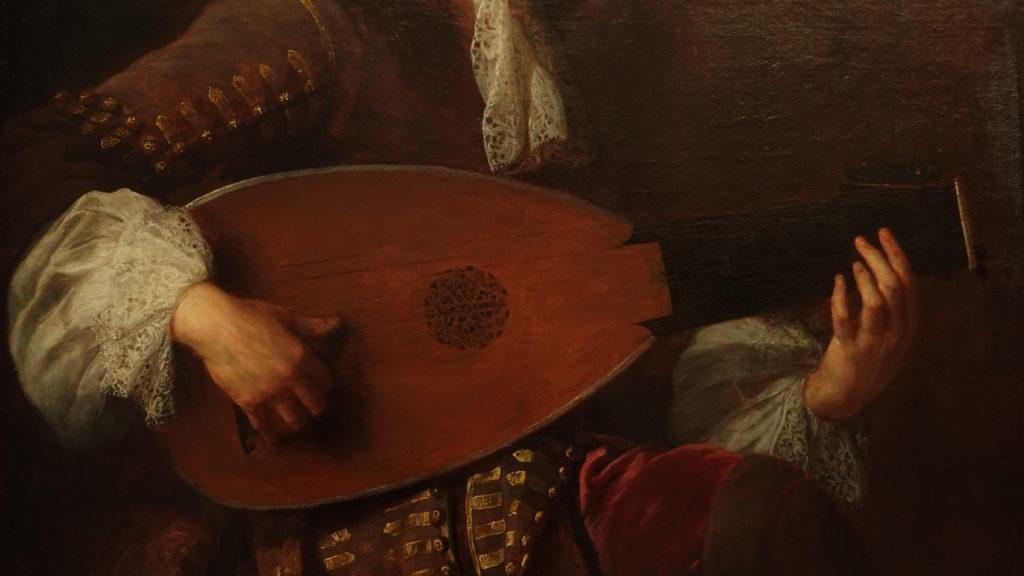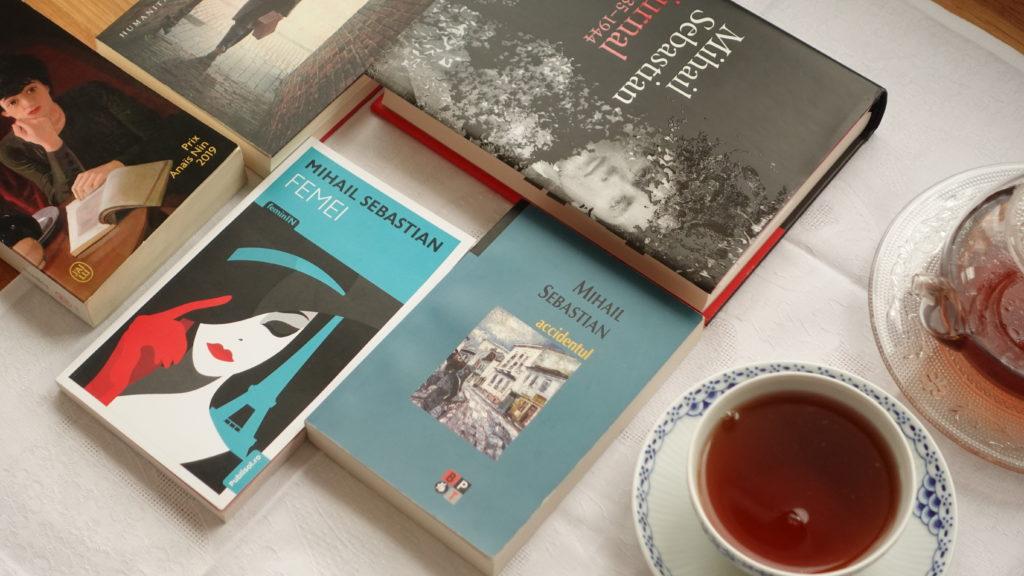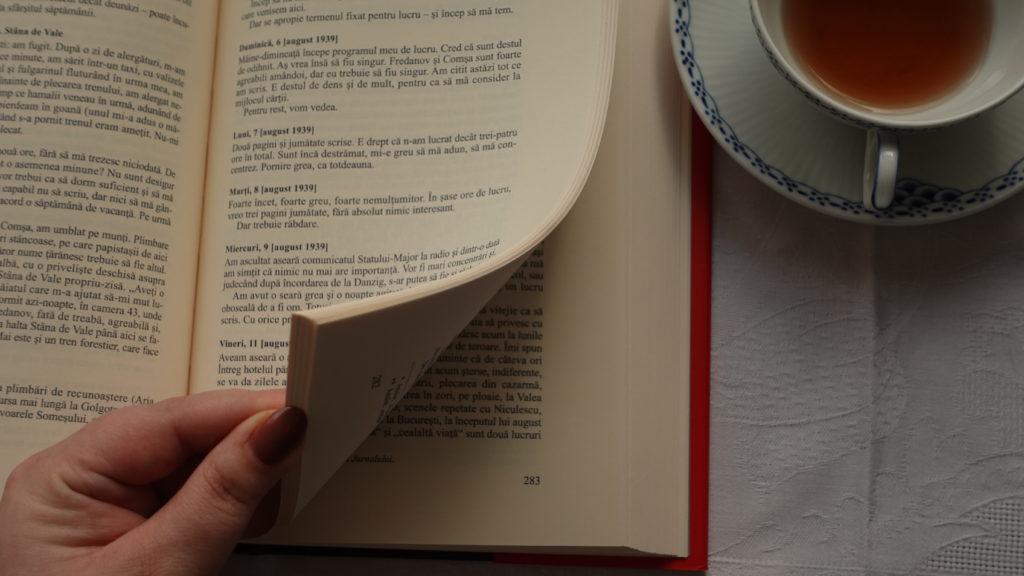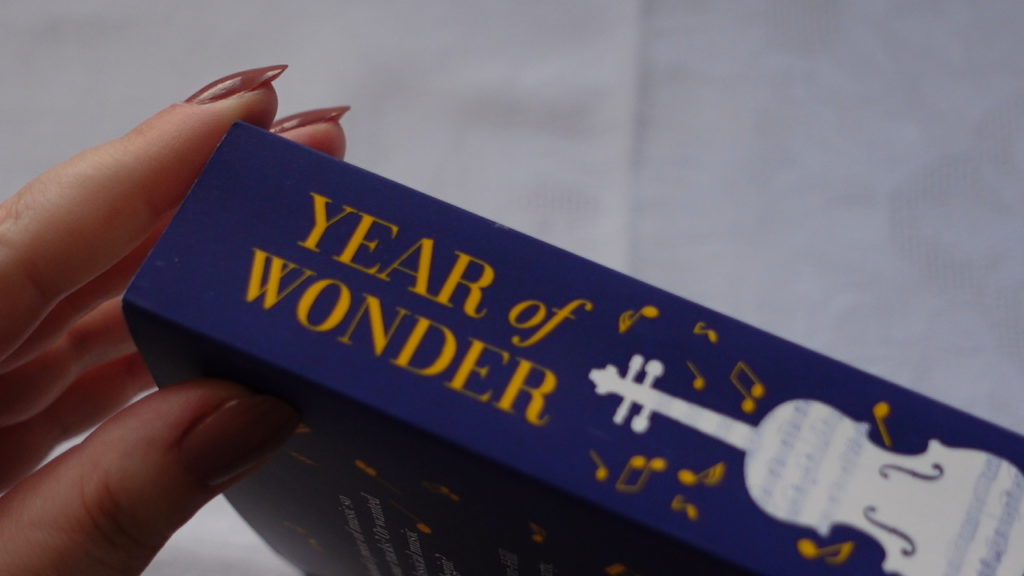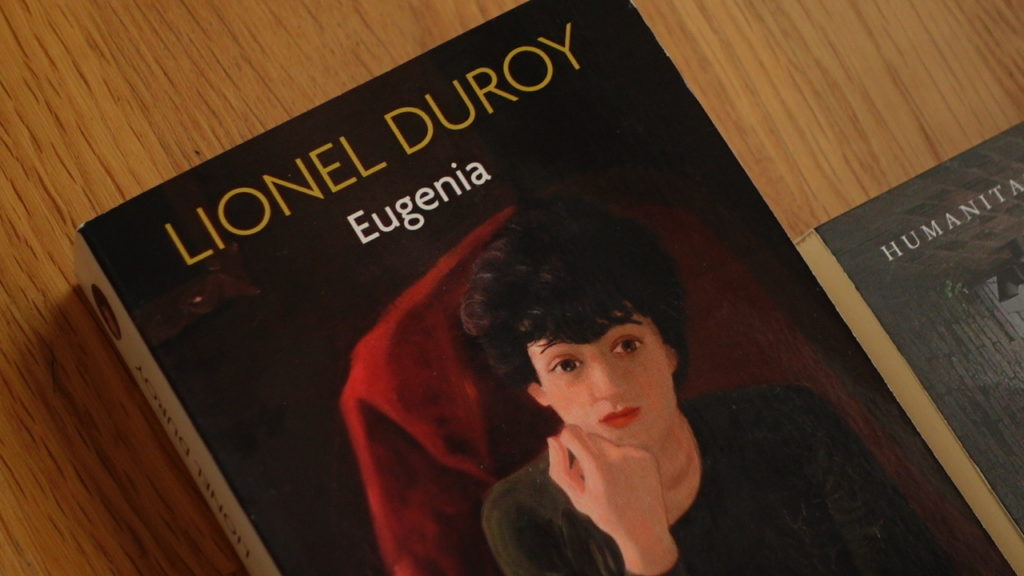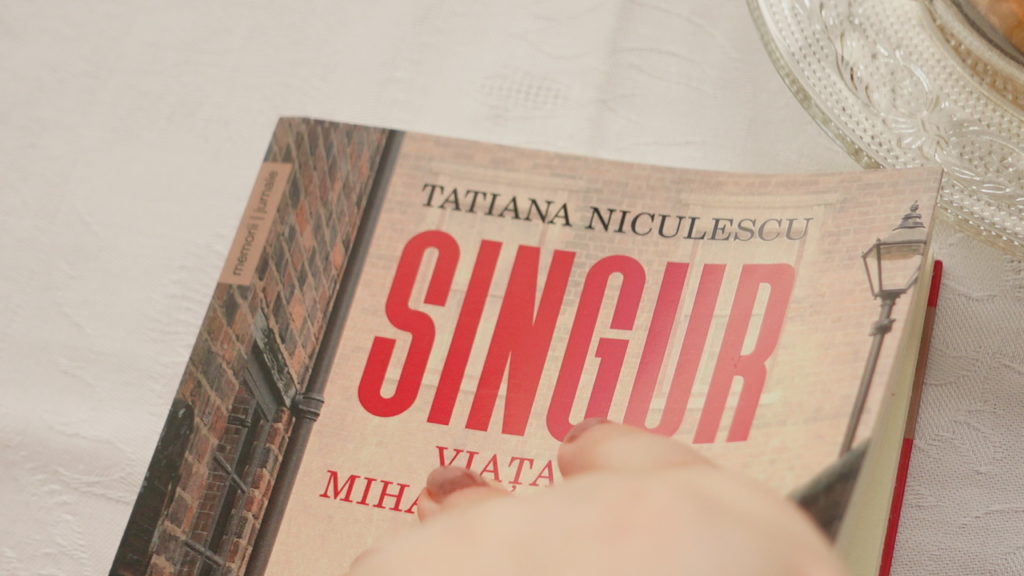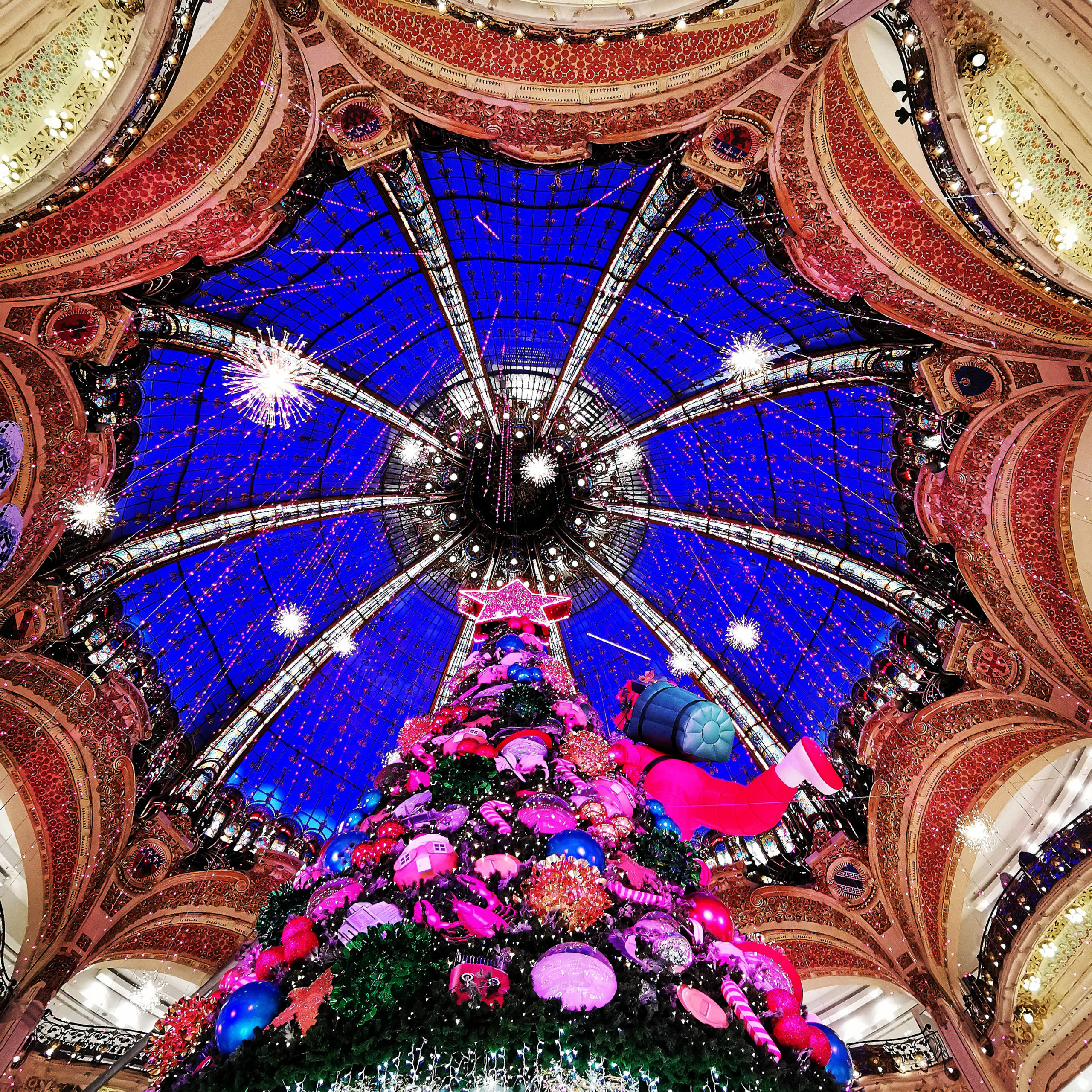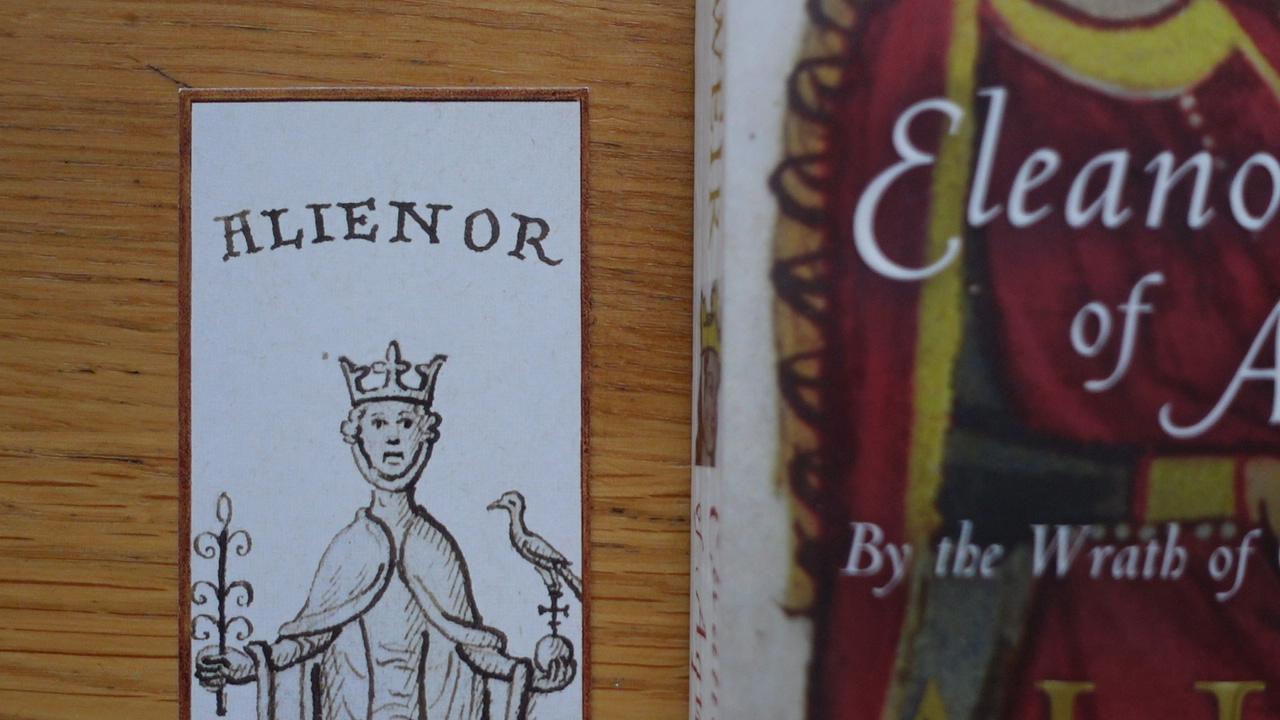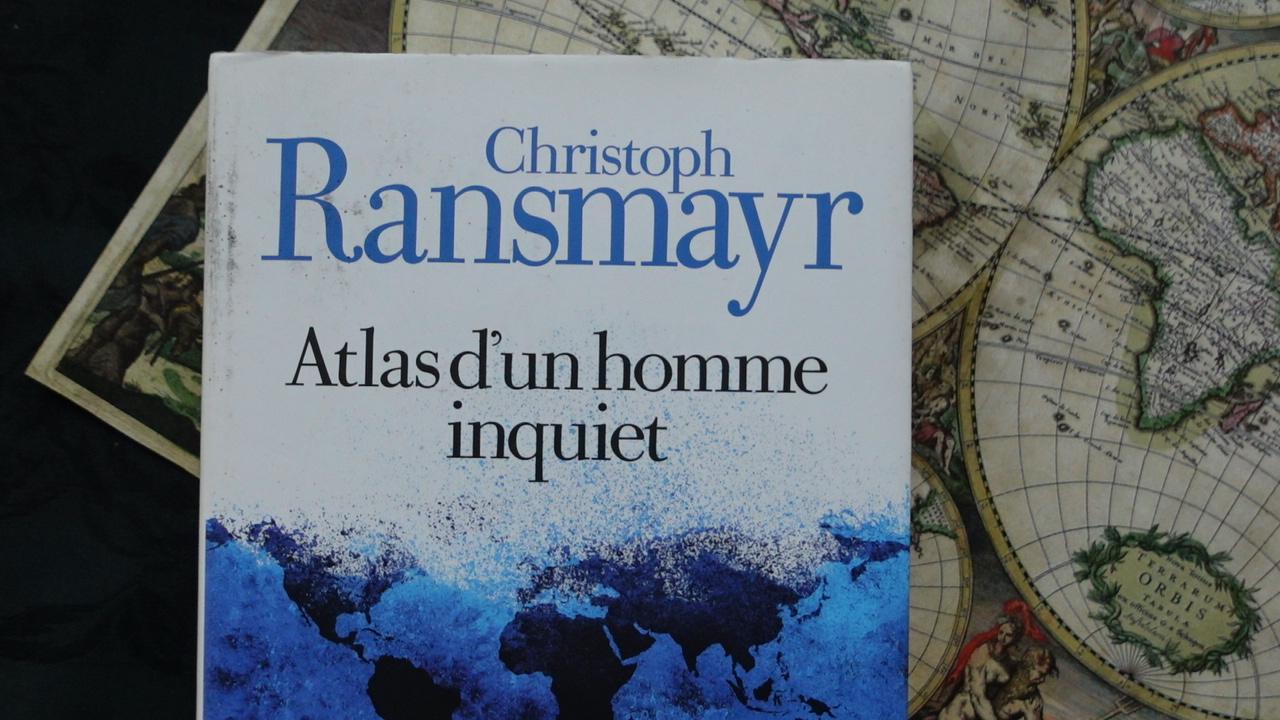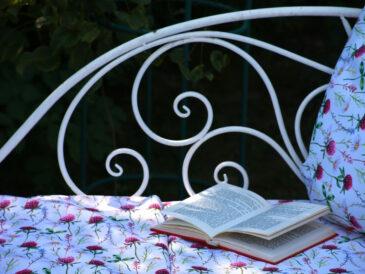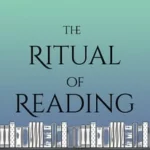Diaries, Biographies, and the Soundtrack of a Literary Life
This is my oldest memory of classical music, Mozart’s piano concerto No 20 that became one of the soundtracks of my childhood.
Music is a fascinating topic for me. There are people who cannot imagine life without it and others who don’t really pay that much attention to it. Nowadays music is everywhere, from the supermarket to the coffee shop, social media and television, it’s hard to imagine a time where you needed to play an instrument and have a beautiful singing voice if you wanted the luxury of music in your home.
Stating that you enjoy classical music in the 21st century has become somewhat of a social manifesto. And as Clemency Burton-Hill mentions in the introduction to one of the books I’m talking about today, an artificial gap has been created between those who listen to classical music, and the rest of the world. So with complete honesty, I’m opening up about my journey so far and my never ending musical education.
Like many, I never quite could tell you what it was I found beautiful in all that moved me, be it in Mozart, Chopin, Vivaldi or Tchaikovsky. There was a feeling, sudden goose bumps or a tear in the corner of my eye. I was moved by the music without any logical explanation. And when I came across Kandinsky’s famous essay Concerning the spiritual in art, I felt reassured about what seemed like a simplistic view of music on my behalf. I’ve spoken about this before, the parallel between classical music and abstract art described by Kandinsky is a never ending source of interest for me. The idea that unlike the other arts, music does not evoke any concrete images, neither visually depicting nor verbally describing them, makes it unique in its way of stimulating our sensibility.
With the exception of a few piano lessons, my approach to classical music has been purely amateur and theoretical. Over the years, I started to accumulate information but it felt like a puzzle with sparse pieces here and there, one corner and maybe the start of an edge somewhere. I felt curious but lost. By the time I got to read Mihail Sebastian’s journal, I had accepted with resignation the fact that I will never become a connaisseur of classical music that could recognise a symphony from the first notes. But as it often happens with books, I was about to learn a powerful lesson. Let me give you some context.
Mihail Sebastian was the pen name of Iosif Mendel Hechter, a Romanian writer of Jewish descent. Born in 1907 in the Danube port city of Braila, he studied the law in Bucharest and then Paris, while supporting himself through journalism. In the buzzing years of the interwar period, he was part of the intellectual elite that infused Romanian society with French, English and German culture, in what was a melting pot of modernism and Orient combined. Playwrights like The star with no name or Holiday make believe, novels like The Accident, Women, The town with acacia trees or For two thousand years are essential in understanding what Romanian society and cultural life looked like before the Iron Curtain forever changed the course of the country. And luckily enough they are largely translated into English or French, for any curious readers out there. The finesse of his characters and the elegance of the world he depicts in his writings have always been captivating for me. Something so profoundly European, with just a touch of Oriental melancholy.
In the bigger picture of World War II, Sebastian was both lucky and terribly tested by fate. Many of his fellow writers and some of his mentors turned out to be fervent supporters of antisemitic political parties, which came to be the biggest disappointment of his life. His published Journal from 1935 to 1944 is a shattering testimony of that time. Arthur Miller said that Sebastian wrote like Chekhov, Philip Roth said that Sebastian’s Journal deserves to be on the same shelf as The Diary of Anne Frank and have just as huge a readership. The posthumous recognition he received has revolved mainly around his testimony of the war. But for me, his journal meant something else.
We meet him at the age of 28. He reads a lot, he asks himself the great questions and brings them out to his famous-to-be friends, he observes the world around him with sharp curiosity and naive faith in humanity. And most of all, he listens to classical music with such an organised appetite, I cannot help but admire and envy him at the same time. The radio is his main connection to music and he listens to concerts recorded or transmitted from the greatest auditoriums in the world. The journal entries are sometimes quick notes to aid the memory :
Evening of music. From Bucarest, on records, Concerto in D minor for two violins by Bach. Later, from Warsaw, a Symphony in G minor by Mozart and the Concerto for violin and orchestra by Beethoven. I’m now waiting for a sonata for cello and piano by Beethoven from Vienna. And then I’m going to bed.
And other times, he adds : For the past three weeks I’ve been living in a musical debauchery. Enescu, Münzer, Huberman. I’ve heard so much. And now, even if I’m terribly tired, I’m waiting for a concert from Stuttgart – the program is incredible.
Reading Mihail Sebastian’s journal has been an extraordinary motivation for my classical music discoveries. I realised that being a connaisseur is not my real purpose. Instead, I dived into the music without expectations, I started to vary my range of composers and I began to select specific interpreters and directors in order to observe their particular style. This might sound obvious, but for me, the immensity of the task had been so daunting, I hadn’t even began to think of my options. And there were many.
One of the things that I enjoyed most in this learning journey has been the free online course provided by Yale University called Introduction to Classical Music by Craig Wright. This is a 6 weeks course that takes you from the basics of musical composition, rhythm, melody, and texture, then musical instruments and the functioning of an orchestra, and of course the chronological evolution of music from the middle ages to the present. This has been a wonderful experience, and one that I’ll probably repeat some day, since it’s always nice to have a refresher course every once in a while. You can check it out by clicking HERE
This year I decided to invest my time daily in a practice that would be both fun and enriching. The lovely Miranda Mills has recently recommended in one of her videos the second volume of Clemency Burton-Hill’s series of daily classical music auditions. So I decided to start with the first one, published in 2017, called Year of Wonder – classical music for every day. An invitation to discover or recognize one movement of classical music each day, with some historical context that has the magical power to remain lodged in your memory thanks to its succinct character. I’m making this my going to bed ritual each evening and must say I’ve been loving it so far. Not to mention that the perspective of the second volume, called Another year of wonder, is simply exquisite for 2024. Thank you for the recommendation, Miranda ! You can watch her video by clicking HERE.
As for Mihail Sebastian, I have two more books to mention, for French and Romanian readers
French novelist Lionel Duroy has dedicated his 2018 book Eugenia to the imaginary love story between a brilliant young woman and a fictional Mihail Sebastian, in Romania’s 1930’s.
On the background of the rising European fascism, the novel presents a lesser known episode of World War II, the Iasi pogrom in Northern Romania. Through Eugenia, a free woman in search of answers as to the origins of evil, and how to fight it when everyone seems hypnotised by it, Lionel Duroy paints a powerful picture of the darkest hours of history in a forgotten corner of the world. We meet another Sebastian, seen through loving eyes and in the very disturbing historical context. But Lionel Duroy’s research in Romania has been so thorough, it feels like an opportunity to meet the man behind the writer as well. The book was originally published in French, with Romanian and Italian translations.
And for the Romanian readers that wish to learn more about the life of Mihail Sebastian, the recent biography by Tatiana Niculescu called Alone. The life of Mihail Sebastian is a true page turner. With all the seriousness of a historian, Tatiana Niculescu manages to paint such a vivid portrait of Sebastian, it often feels like she wrote what he would have liked to leave as his biography. The research is detailed, the writing flows like one of Chopin’s Nocturnes, with excruciating beauty.
Mihail Sebastian will remain for me the ideal curious intellect that never ceases to discover. His fiction represents many of the things I love about my Romanian heritage. His journal is an immortal light from the past, that shines towards all the possibilities in my future. He has sparked my musical curiosity, and while I’m actively working on my historical explorations, I’m also taking small steps towards contemporary classical composers. Not everything is to my taste, but every once in a while, something extraordinary comes my way. Like the Turkish composer Fazil Say and his Black Earth piece that you can listen to HERE. A whisper from distant Anatolian hills that holds infinite mysteries. Have a listen and let me know how it made you feel.
Until next time, enjoy your reading, and your music !
Shopping List
If you would like to support The Ritual of Reading, please consider purchasing your books from the Bookshop.org dedicated site by clicking the link below. You get to support local bookstores and I make a small commission with every purchase. Thank you !


